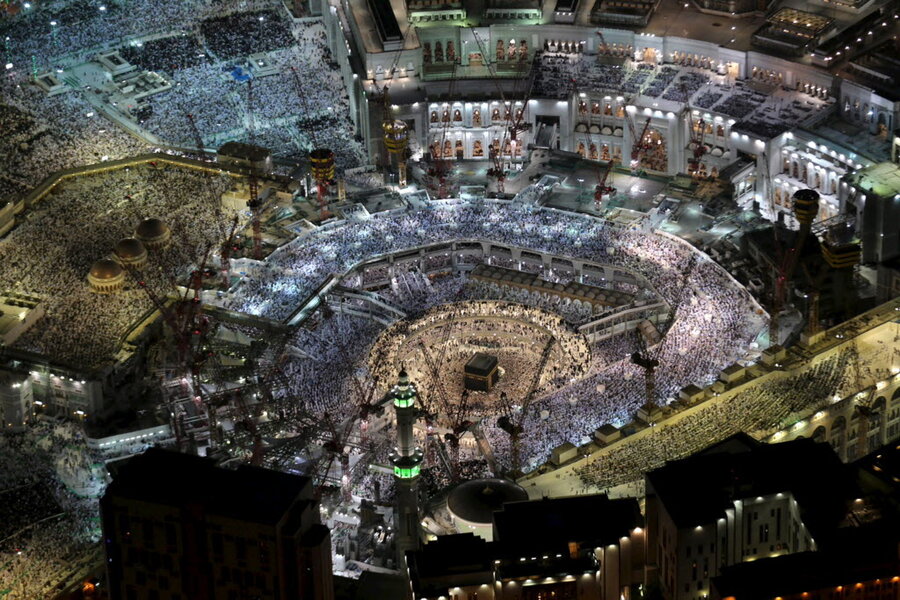How Snapchat opened a window into Mecca
Loading...
It's a place closed to much of the world's population, but on Monday, Islam's holiest night, Snapchat opened a window into Islam's holiest city, Mecca.
With its "Live Story" feature, Snapchat curated users' images and videos to stitch together a streaming story starring thousands of Muslims from around the world coming together to worship in Mecca, a stream that was tweeted almost 300,000 times and is trending on Twitter.
The Live Story featured thousands of Muslims circling the iconic cube-shaped Kaaba, preparing bundles of dates and pastries with which to break the Ramadan fast, standing in snaking lines with scores of others for prayer, and speaking directly into the camera to describe the emotional experience of being in Islam's holiest city in its holiest month.
"The air itself is electrifying; the crowds are far as the eye can see; the mood at once somber and exciting," Yasir Qadhi, an American Muslim scholar and dean of academic affairs at the Al-Maghrib Institute, told The Huffington Post.
"People from all over the globe, dressed in all types of native dresses, all united in their worship, believing in One God, praying in unison, facing the same direction, invoking their Creator. The spiritual high that you feel in that gathering is something that cannot be described in words; only experienced."
Snapchat launched Live Story, in which the app's editors create a story from hundreds of users' images and videos, in August 2014, highlighting the power of social media to gain access, leverage users' perspectives, and provide an entirely new way of telling a story.
Because Mecca is closed to non-Muslims, Snapchat's Mecca story offers outsiders an otherwise impossible glimpse inside the holy city from the perspective of worshipers from around the world.
The app has featured other cities and live events, including controversial stories about life in Tel Aviv and the West Bank. Using the hashtag #Mecca_live, some 300,000 people campaigned Snapchat to feature Mecca during one of Islam's holiest nights.
For Muslims, Mecca is the holiest place on earth. According to Islamic tradition, Mecca was the site where Abraham built the Kaaba, where Muhammad was born, and where he had his first revelation of the Quran.
Snapchat's Mecca Live Story took place on the 27th night of Ramadan, one of the holiest nights of the year for Muslims. Known as the "Night of Power," it commemorates the night the Quran was first revealed to Muhammad by the Angel Gabriel, according to most Islamic scholars.
Many on Twitter also lauded Snapchat's Mecca story for showing users a positive, rarely-seen side of Islam.
"I'm ecstatic that Snapchat showcased this special and momentous occasion, because for the vast majority of the world's Muslims, this is what Islam is all about!" Dr. Qadhi told the Huffington Post. "If only the world saw this as the 'real' Islam – for it is the real Islam – I think the perception that people have of us would change dramatically."






